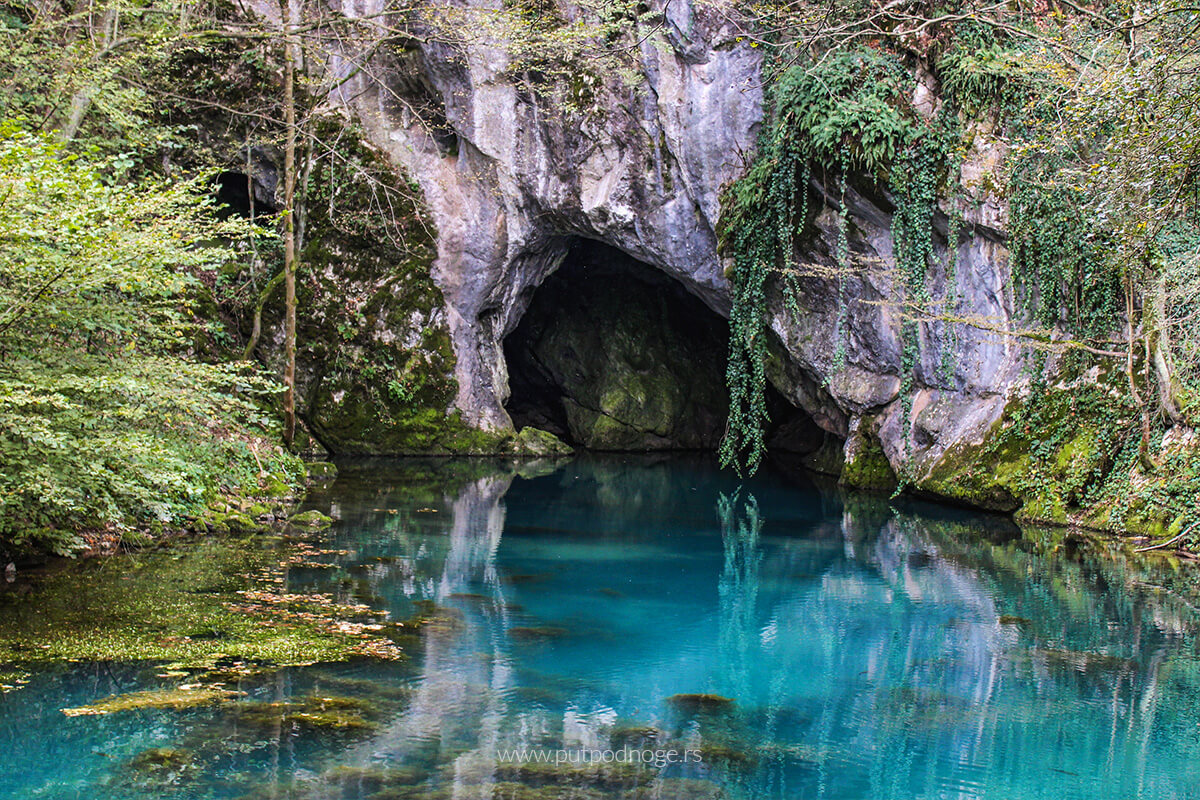
A One-Day Trip to the Homolje Springs – Krupaj Spring and the Mlava Spring
Unplanned day trips often turn out to be the best ones—and this one proved it. One free day, a good weather forecast, and the desire to escape the city took me to the heart of Homolje, in eastern Serbia. The goal was to visit two natural gems: Krupaj Spring and the Mlava Spring. Until then, I had only seen them in photos—turquoise water, dense forest, and mysterious depth. In reality, everything looked even better.
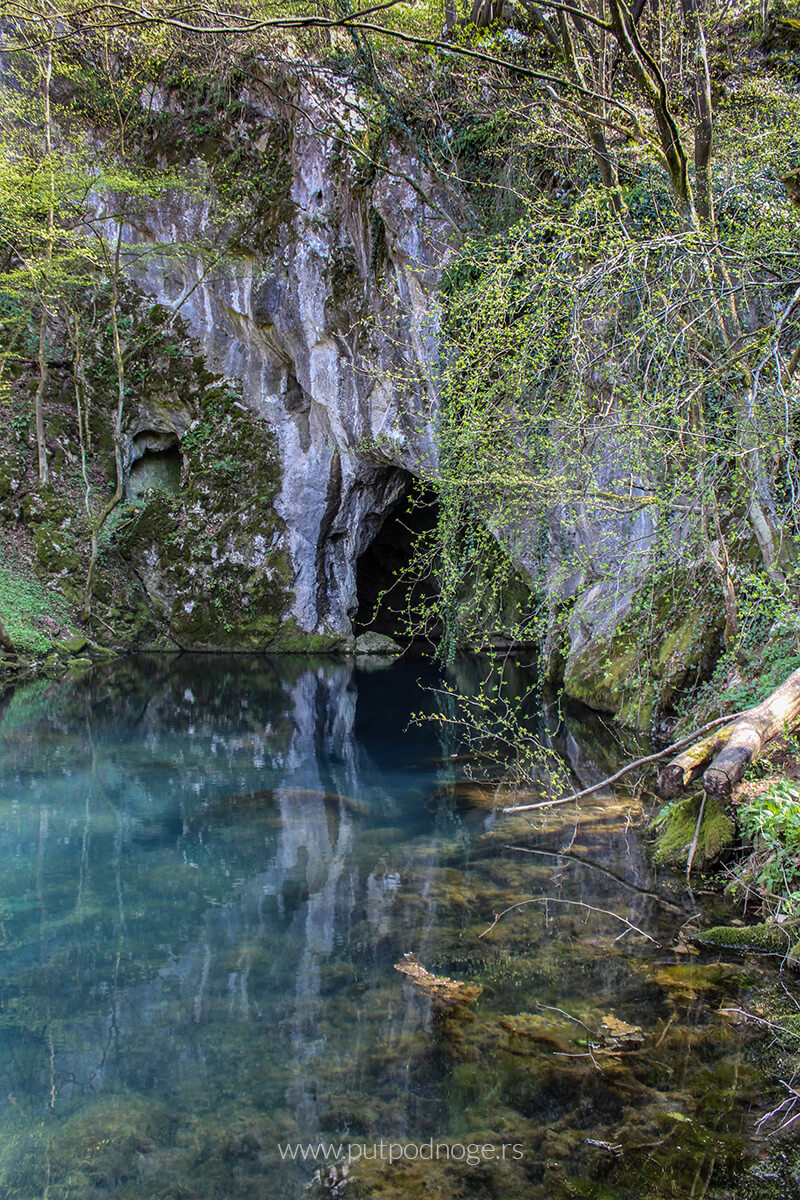
Krupaj Spring – A Turquoise Wonderland
The road to Krupaj Spring leads through the village of Milanovac, and as soon as you step out of the car and onto the rocky path behind the old watermill and trout pond, you can feel that this place is special. A scene unfolds before you that seems like it’s from another world—turquoise water surrounded by forest, a view so breathtaking it made me forget both the journey and any fatigue. The water springs from a cave at the foot of Mt. Beljanica, and the lake it forms has an almost unreal color, thanks to the limestone from which it flows.
Krupaj Spring is one of the strongest karst springs in Serbia. Beneath its surface lies an underwater cave more than 70 meters deep, reached by divers, though its bottom has yet to be found. The water is cold, between 9 and 11°C, and due to a dam built in the last century, the spring now appears as a lake about 40 meters long. From there, the water flows into the Krupajska River over a cascading waterfall, making the view even more spectacular.
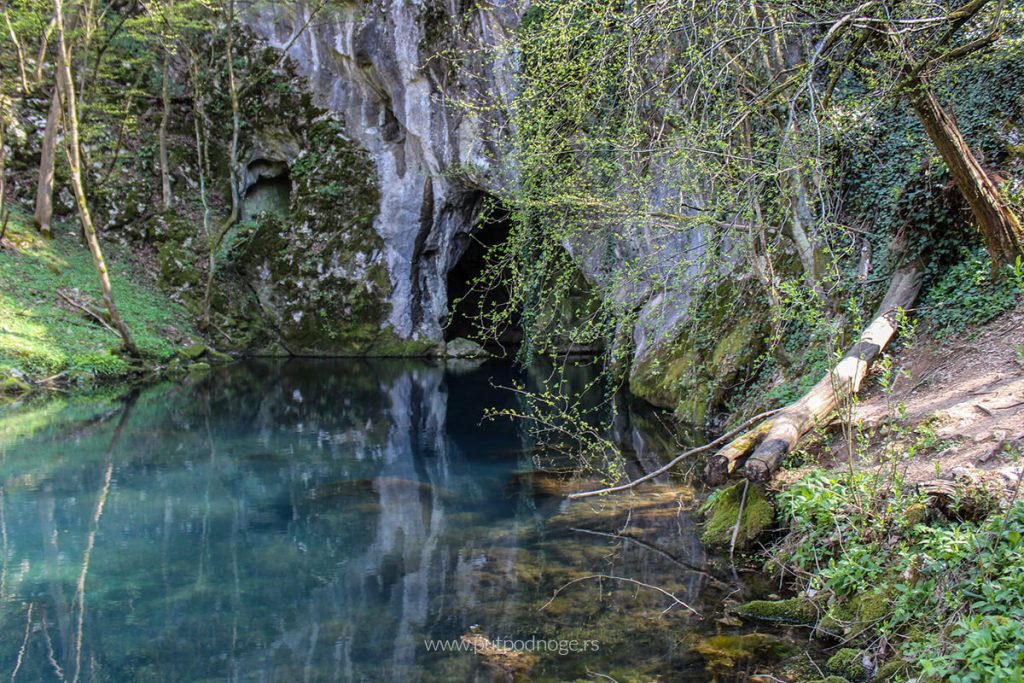
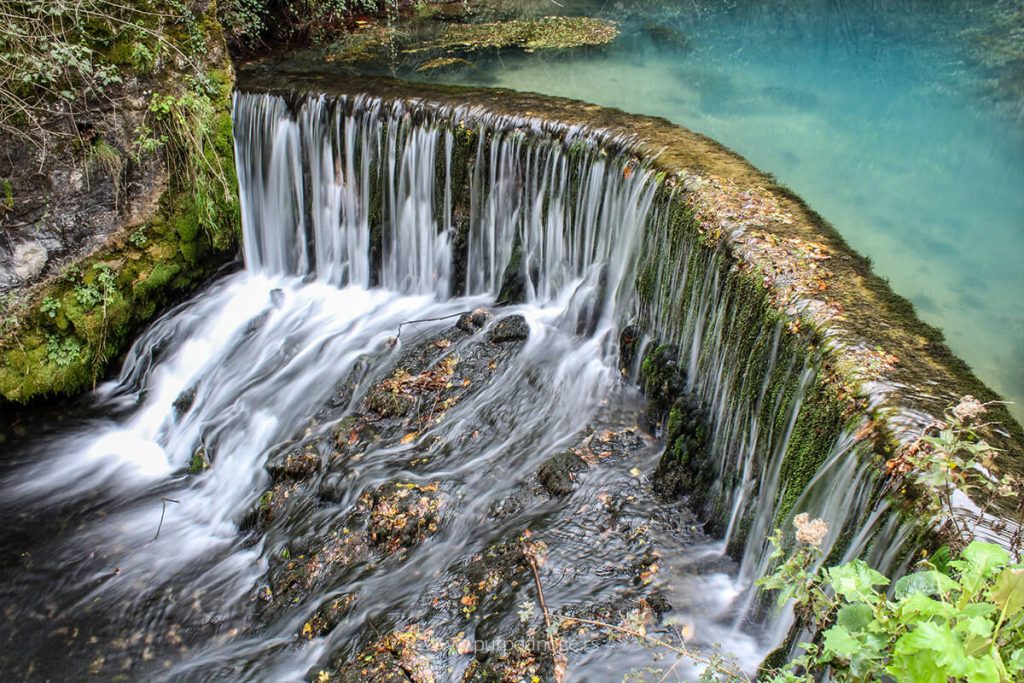
Nearby, there is also an interesting fountain with warm thermal water—five metal pipes from which water flows at a temperature of about 26°C. They say it has healing properties, and for me, it served as a quick refreshment before continuing on to my next stop—Žagubica.
The Mlava Spring – The Quiet Power of a River
In Žagubica lies another impressive karst spring—the source of the Mlava River. Unlike Krupaj Spring, the Mlava Spring feels calmer, but no less powerful. The river emerges from a small sinkhole and immediately forms a dark green pool about 30 meters in diameter and 32 meters deep. The water here maintains a constant temperature of around 10°C, offering refreshment even in summer.
The cave from which the Mlava emerges is still not fully explored—the deepest point reached by divers is 72 meters, but the bottom remains a mystery. It is believed that the cave is blocked by sand, preventing further passage. Interestingly, the spring has been known to dry up—the last time being in 2002, following a series of earthquakes. Nature never ceases to surprise.
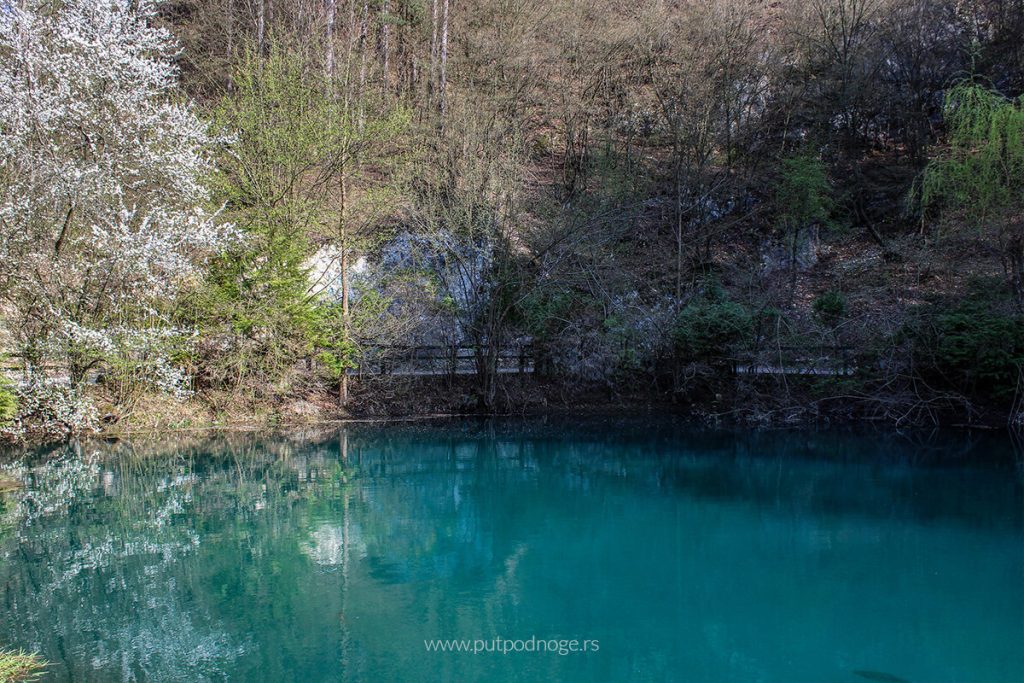
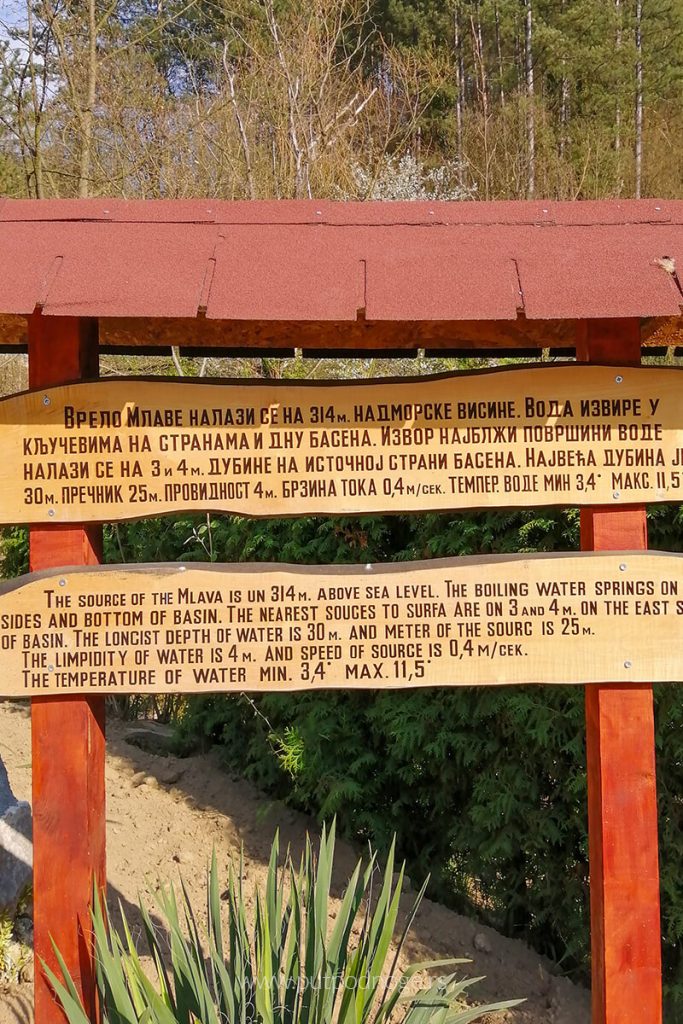
I took a longer break here, as there’s a great restaurant right next to the spring, offering traditional dishes, a trout pond, and shade where you can rest your feet. Two well-marked hiking trails lead above the spring, but I saved them for another time—it was time to head back.
This one-day trip to Homolje was a true refreshment—both literally and metaphorically. Two karst springs, so different yet equally fascinating. Krupaj Spring dazzled me with its color and energy, while the Mlava Spring calmed me with its quiet beauty. If you love nature, short hikes, and places that look like they belong in a fairytale—these two springs should definitely be on your list.
How to Get There
From Belgrade, it takes about three hours by car to reach these destinations. We first took the highway towards Požarevac, then continued through Petrovac na Mlavi to Žagubica. The road is paved, well-marked, and the drive through eastern Serbia is pure pleasure—especially as you approach the Beljanica mountain range, where the landscape becomes increasingly lush. Recommendation: take a minivan or your own car, as public transport to these spots is infrequent, and you’ll want the freedom to stop whenever you like—trust me, you’ll have plenty of reasons to do so.
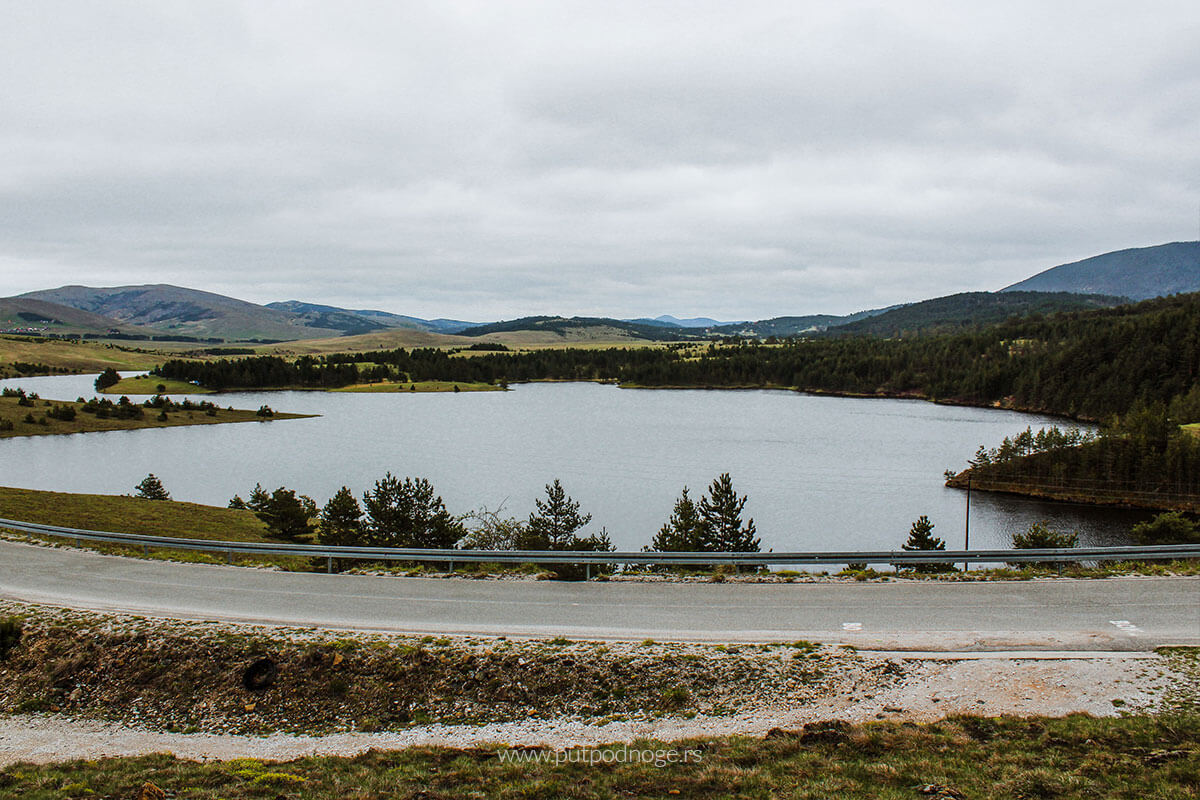
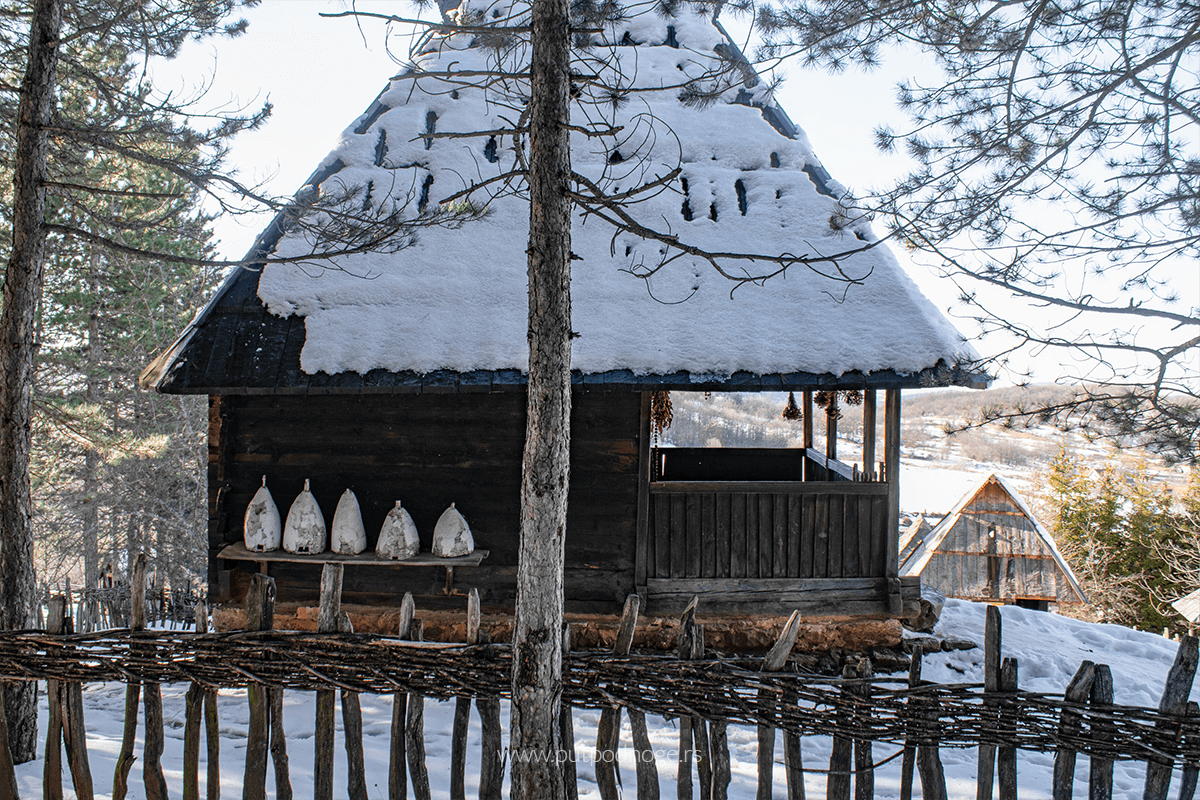
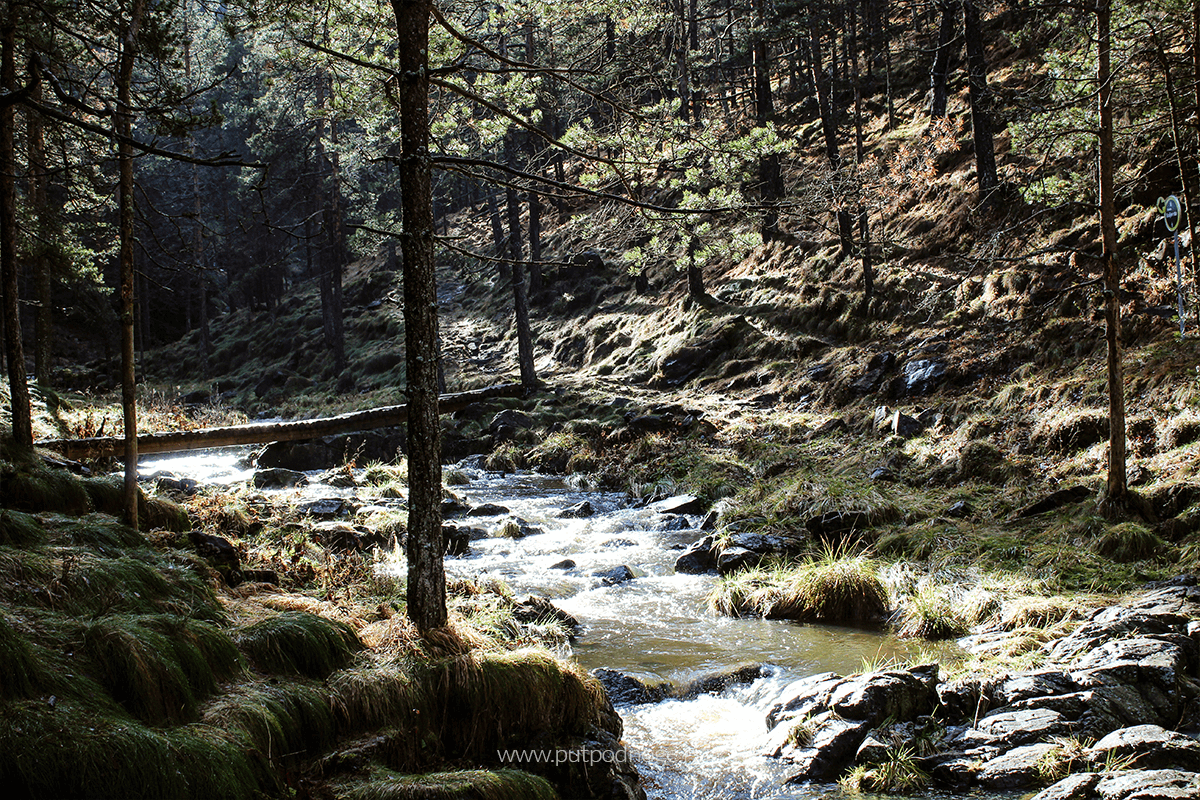
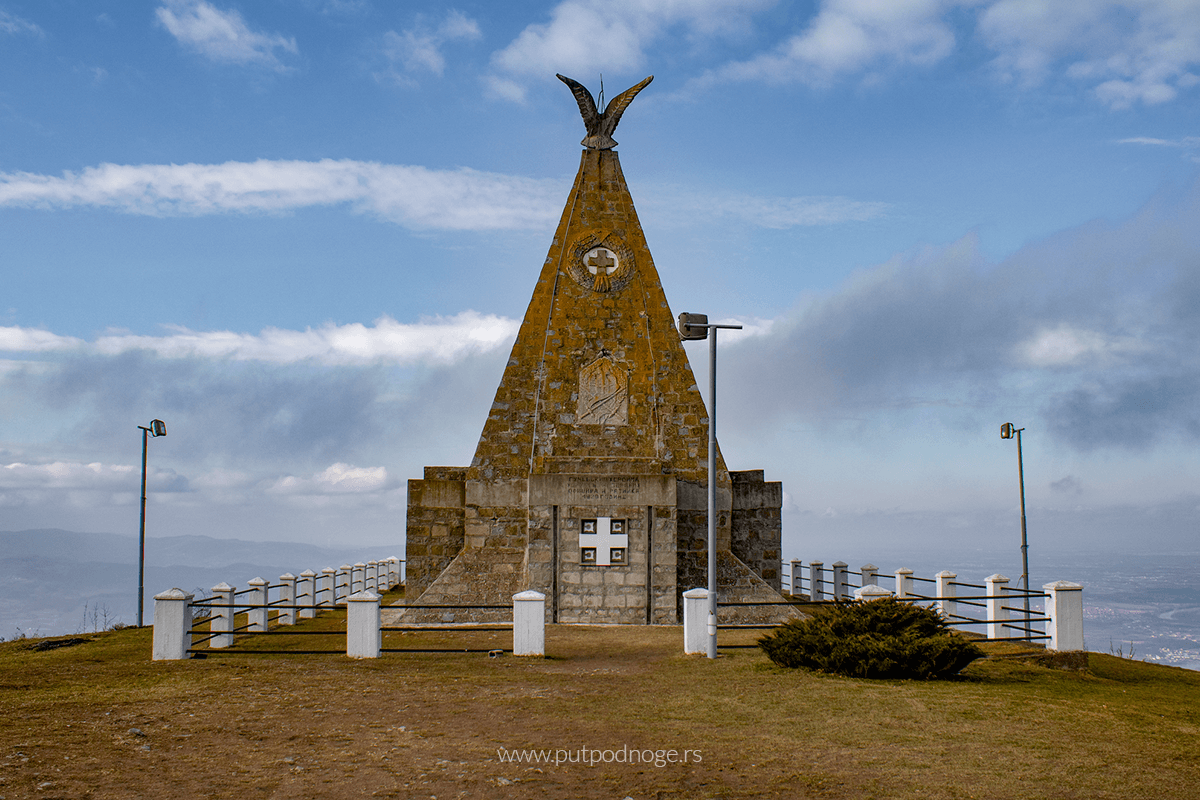
Leave a Reply